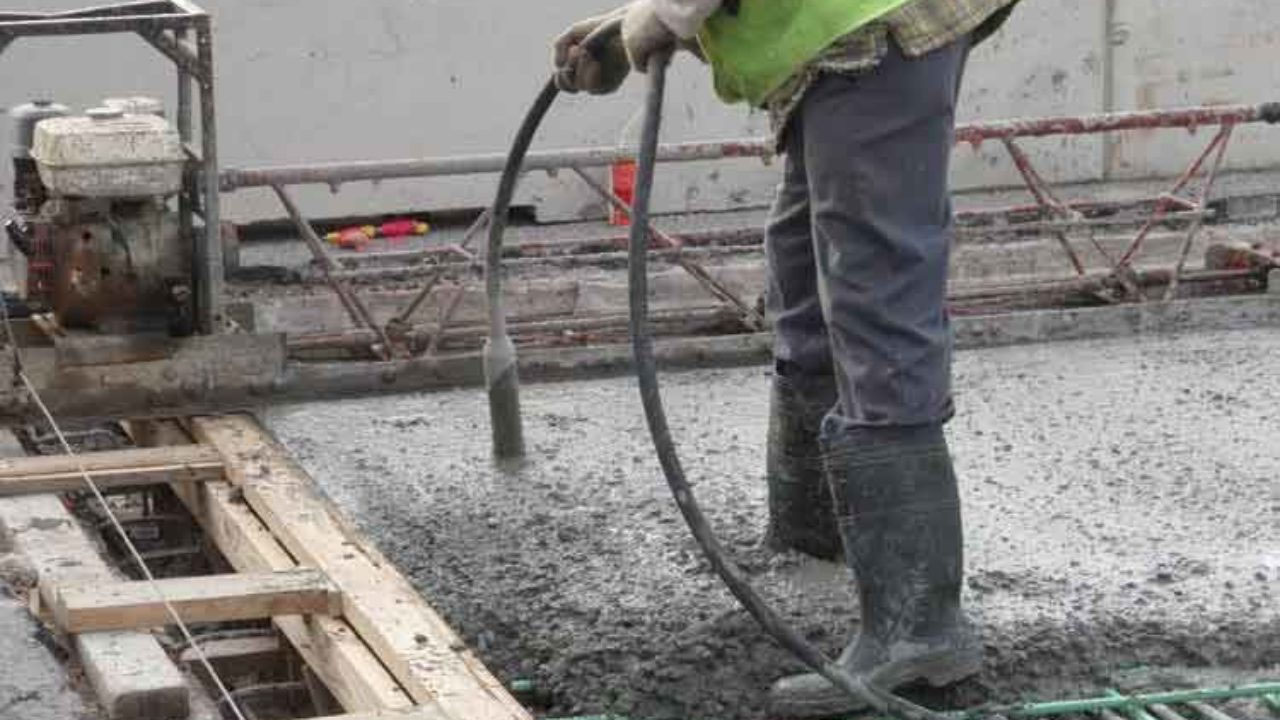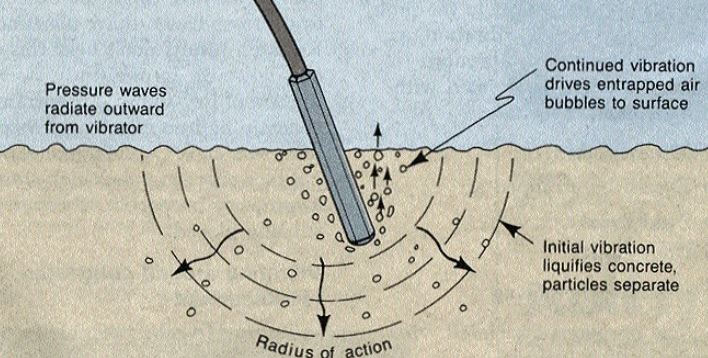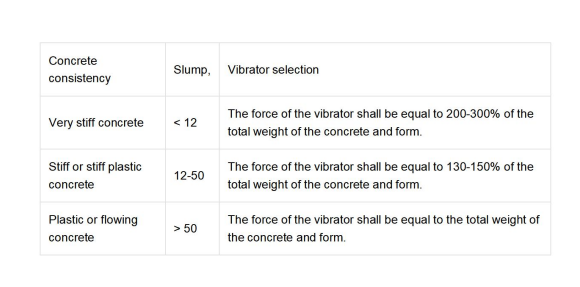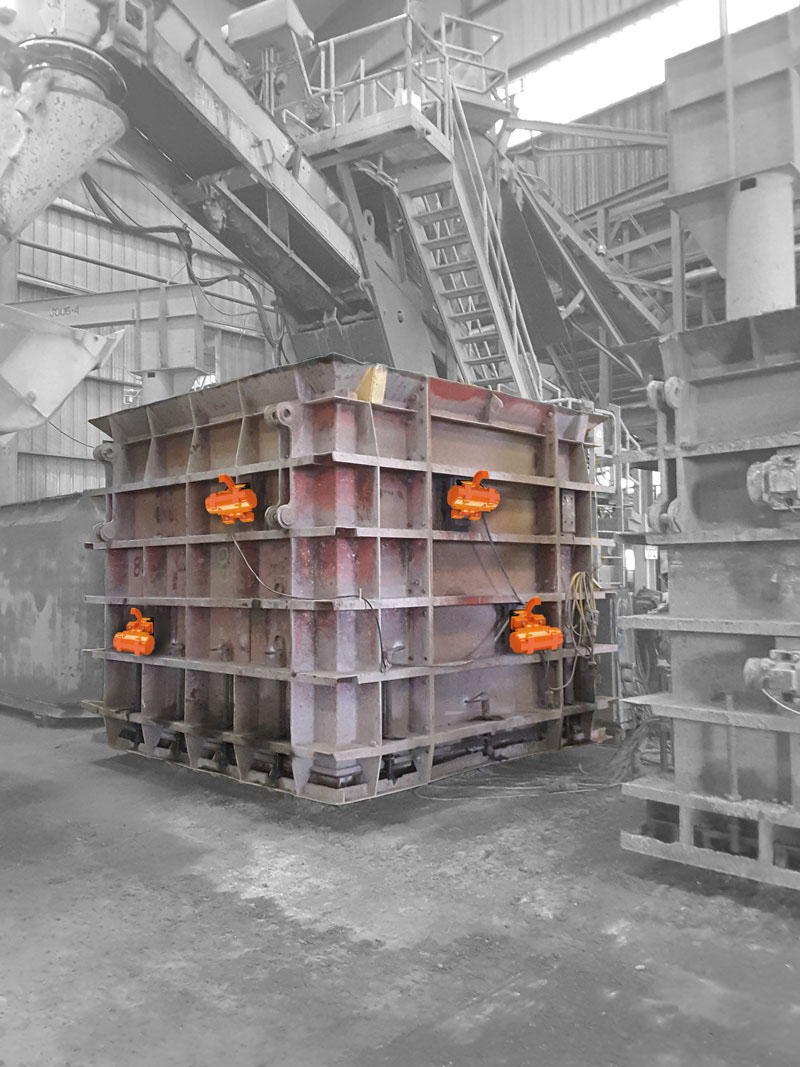 English
English-
 English
English -
 Español
Español -
 Português
Português -
 русский
русский -
 Français
Français -
 日本語
日本語 -
 Deutsch
Deutsch -
 tiếng Việt
tiếng Việt -
 Italiano
Italiano -
 Nederlands
Nederlands -
 ภาษาไทย
ภาษาไทย -
 Polski
Polski -
 한국어
한국어 -
 Svenska
Svenska -
 magyar
magyar -
 Malay
Malay -
 বাংলা ভাষার
বাংলা ভাষার -
 Dansk
Dansk -
 Suomi
Suomi -
 हिन्दी
हिन्दी -
 Pilipino
Pilipino -
 Türkçe
Türkçe -
 Gaeilge
Gaeilge -
 العربية
العربية -
 Indonesia
Indonesia -
 Norsk
Norsk -
 تمل
تمل -
 český
český -
 ελληνικά
ελληνικά -
 український
український -
 Javanese
Javanese -
 فارسی
فارسی -
 தமிழ்
தமிழ் -
 తెలుగు
తెలుగు -
 नेपाली
नेपाली -
 Burmese
Burmese -
 български
български -
 ລາວ
ລາວ -
 Latine
Latine -
 Қазақша
Қазақша -
 Euskal
Euskal -
 Azərbaycan
Azərbaycan -
 Slovenský jazyk
Slovenský jazyk -
 Македонски
Македонски -
 Lietuvos
Lietuvos -
 Eesti Keel
Eesti Keel -
 Română
Română -
 Slovenski
Slovenski
How to Select the Suitable Vibrating System for Concrete Consolidation?
2024-04-30
There is no exact procedure for selecting a suitable vibration system to compact freshly placed concrete. This is due to variations in several concrete parameters; for instance, modifications in the concrete mix make each construction case unique. Concrete mix variations can originate from modifications in the slump, chemical additives, aggregate sizes and shapes, cement content, consistency of the mixture, weather conditions, and even the type of formwork used. So, each construction case is different and needs to be evaluated individually. Nonetheless, certain general rules have been laid out that site engineers and contractors can refer to while selecting suitable vibration machines for the work under consideration.
Selection of Internal Vibrators
Internal vibrators consolidate by a vibrating head which is inserted into fresh concrete The number of vibrating frequency and amplitude describe the vibration motion. Parameters that need to be considered when selecting internal vibrations are the availability of vibration equipment, head size, and flex-drive length.

Internal Vibrators Used to Consolidate Concrete
Equipment availability could control the selection of vibration. This is because the contractor may not own the best and suitable vibration equipment for the work under consideration.Head size and type of vibration are other criteria required to be accounted for. Commonly, the contractor prefers the largest head size since it has a greater area of influence and, consequently, finishes the work early. However, the effectiveness of vibration equipment is controlled by its amplitude and frequency.The effective compacted area is 1.6 times the head area of vibrator equipment. Reinforcement spacing, formwork dimension, and concrete workability control the selection of the head size. For instance, a small head-size vibrator should be used for small reinforcement spacing, shallow formwork, and high slump concrete.

Radius of Influence of Internal Vibrator
Regarding flex-drive length, a contractor would normally like to employ the shortest flex-drive that permits complete access to the concrete that is being consolidated. ACI 309R -5 (guide for compaction of concrete) provided a table to guide contractors to choose suitable internal vibration equipment. The data provided in the table are empirical, i.e., based on previous works. A summary of the table is presented below:
Table 1: Selection of Internal Vibrators Based on Equipment Head Size, Amplitude, Radius of Influence, and Concrete Placement Rate

Selection of External Vibrators
The workability of concrete and formwork rigidity should be considered while the external vibration system is selected. For instance, plastic concrete with a slump greater than 75 mm can be consolidated adequately with high-frequency vibration. In contrast, high-amplitude vibration is required for stiffer, fresh concrete with a slump less than 75 mm to initiate fluidization.External vibration with a speed between 3000 and 12000 rpm is suitable for form vibration. However, the natural resonant frequency of Portland cement ranges from 9000 to 12000 rpm, and pneumatic-powered vibrators are the only available equipment that produces this required frequency. Frequently, it would be required to use more than one vibration equipment to generate the force needed to consolidate the concrete properly.After determining the total weight of the fresh concrete and the formwork, Table-1 can be used to select the suitable vibration equipment. If the specific weight of concrete is not available, then use standardized weight 2400 kg/m3 as an approximation.
Table-2: Selection of External Vibrator Based on Concrete Consistency, Weight, and Force of Vibration Equipment


External Vibrators Attached to Formworks



